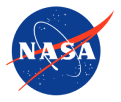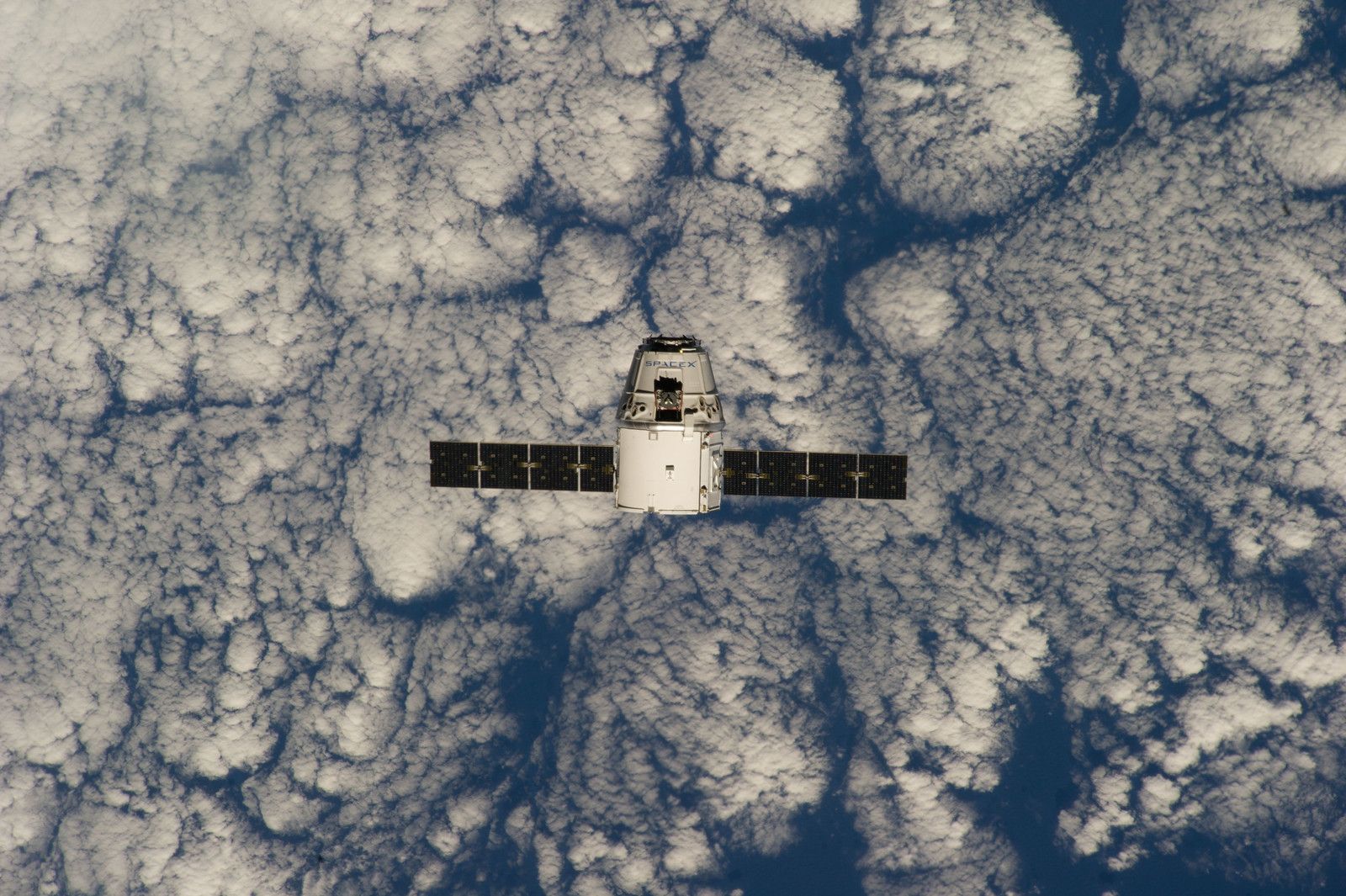Technology Highlights
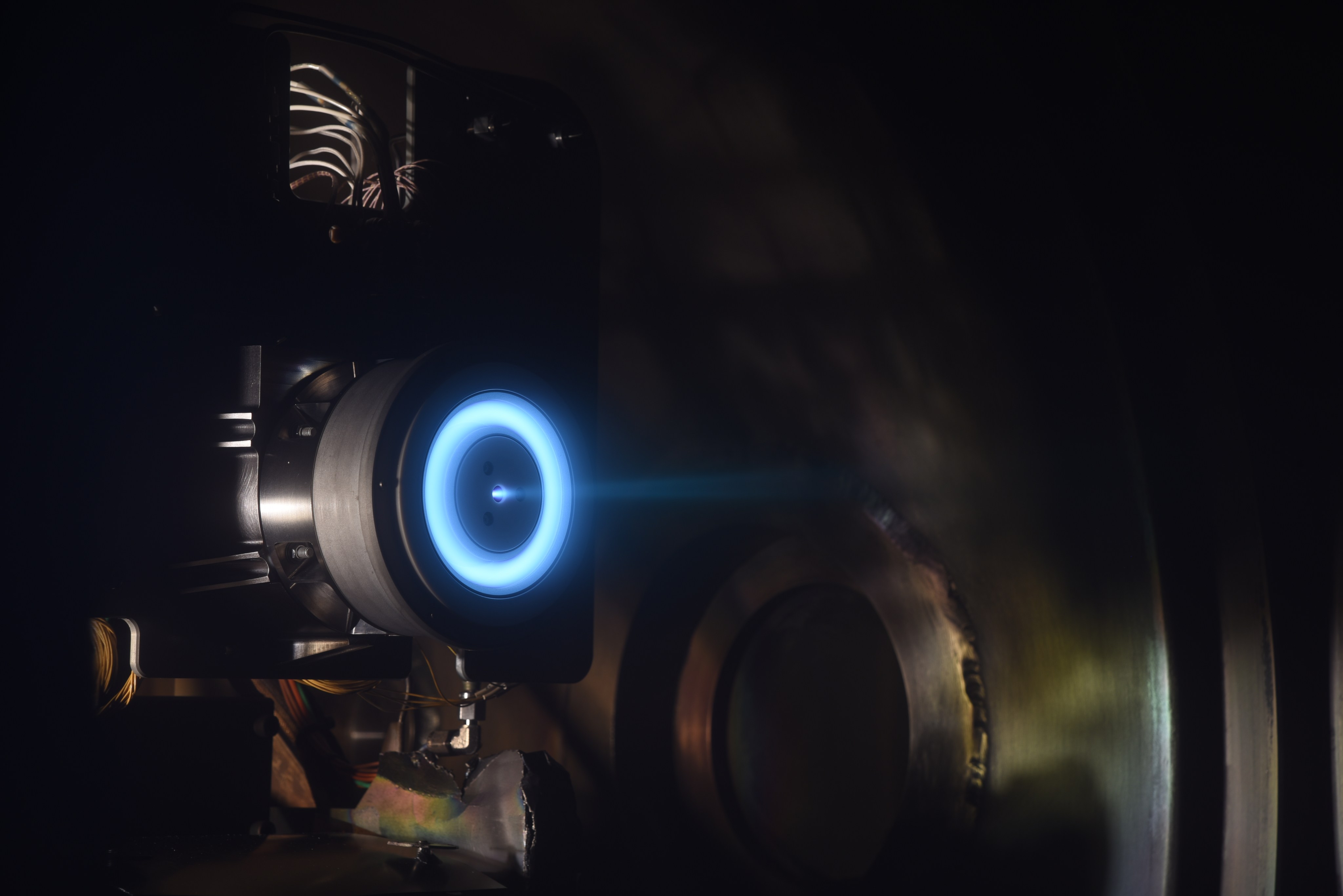
Pushing the Limits of Sub-Kilowatt Electric Propulsion Technology to Enable Planetary Exploration and Commercial Mission Concepts
NASA has developed an advanced propulsion technology to facilitate future planetary exploration missions using small spacecraft. Not only will this technology enable new types of planetary science missions, one of NASA’s commercial partners is already preparing to use it for…
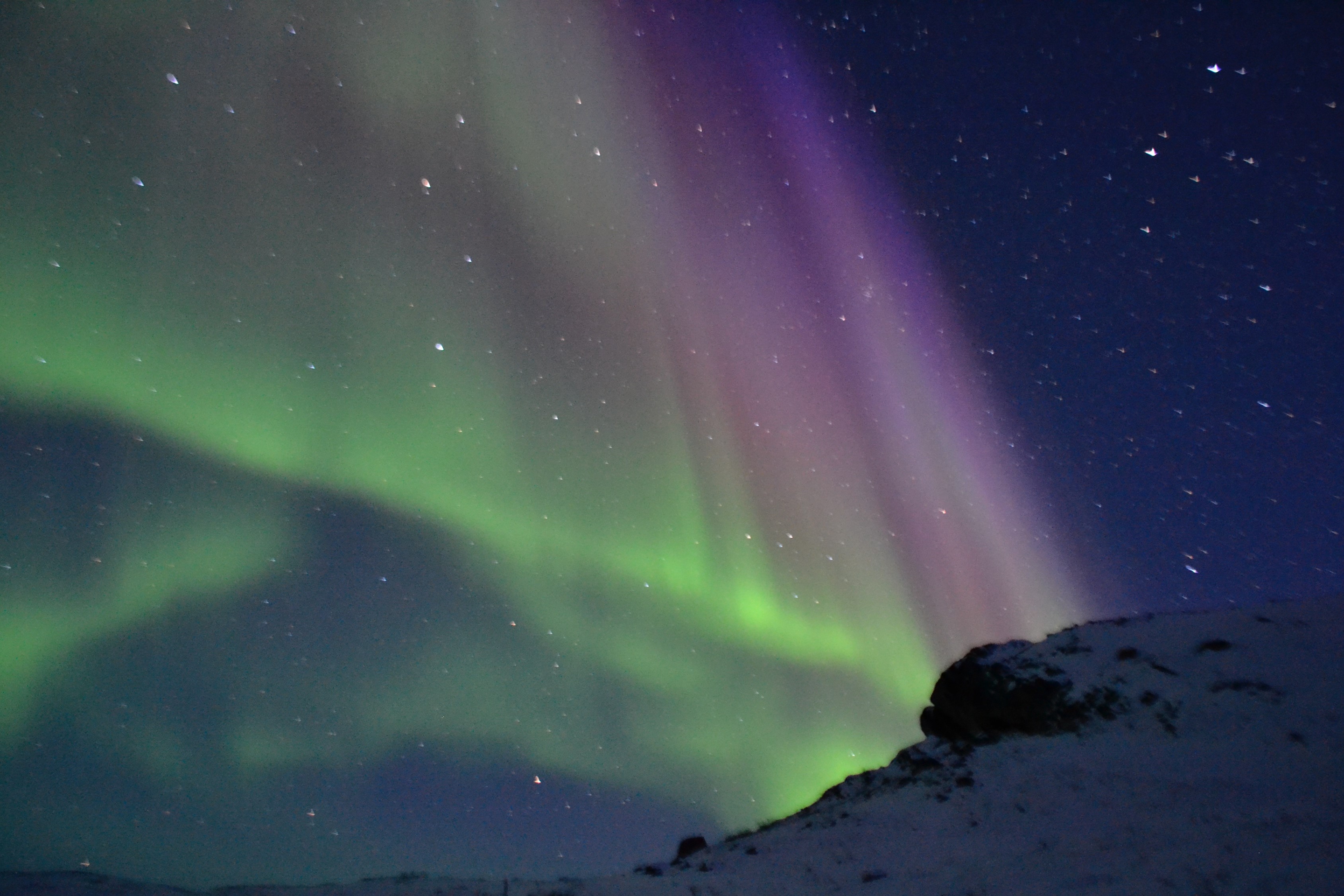
Making Ultra-fast Electron Measurements in Multiple Directions to Reveal the Secrets of the Aurora
The energetic electrons that drive the aurora borealis (the northern lights) have a rich and very dynamic structure that we currently do not fully understand. Much of what we know about these electrons comes from instruments that have fundamental limitations…
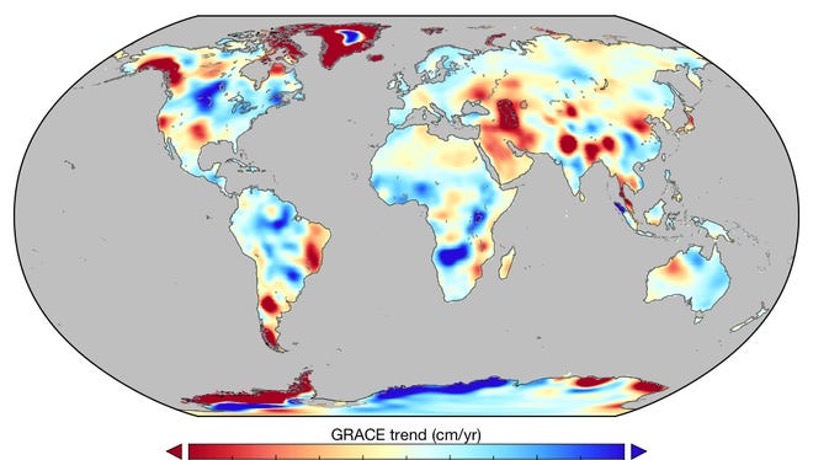
New NASA Software Simulates Science Missions for Observing Terrestrial Freshwater
From radar instruments smaller than a shoebox to radiometers the size of a milk carton, there are more tools available to scientists today for observing complex Earth systems than ever before. But this abundance of available sensors creates its own…
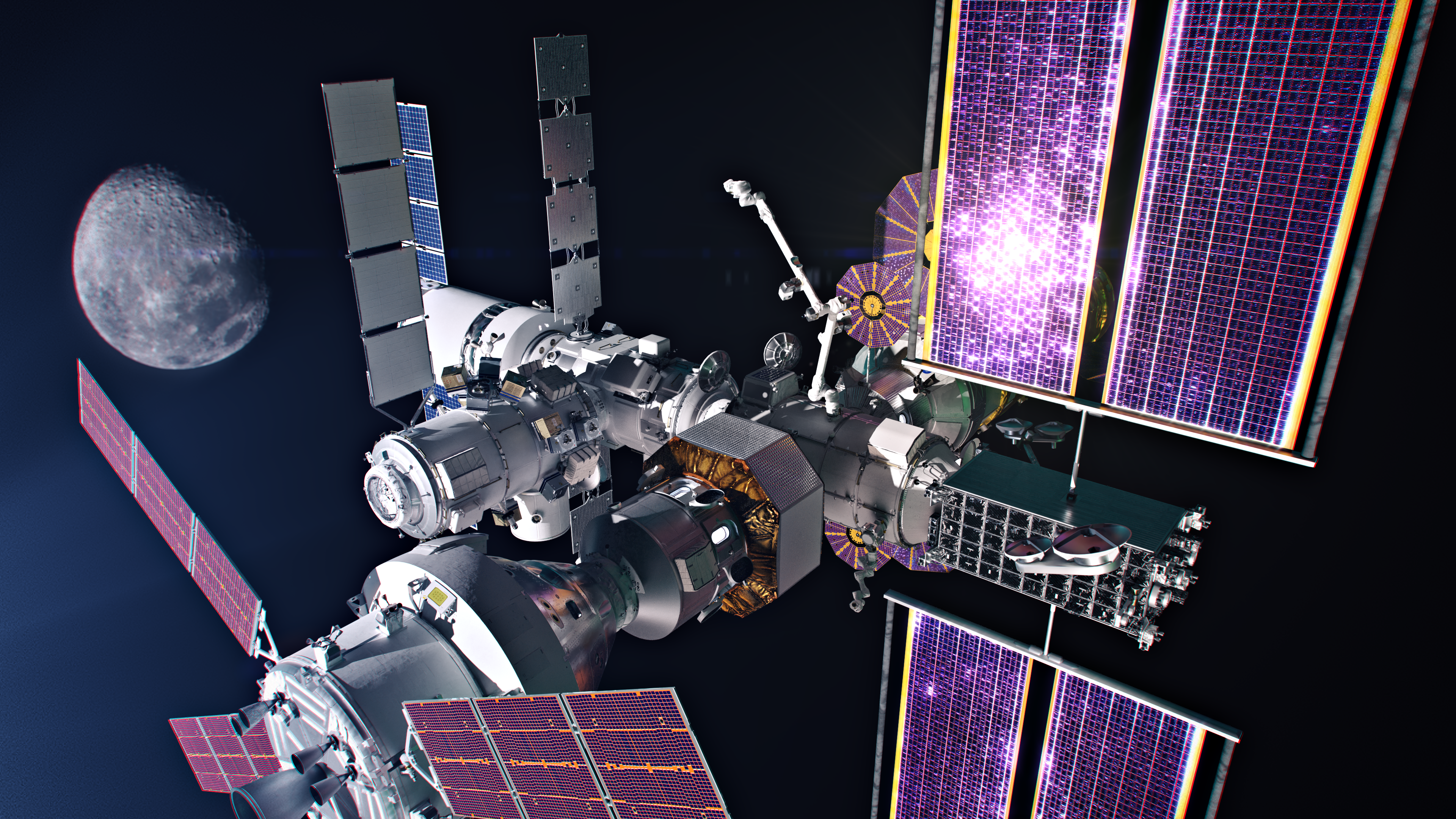
Zero-Boil-Off Tank Experiments to Enable Long-Duration Space Exploration
Do we have enough fuel to get to our destination? This is probably one of the first questions that comes to mind whenever your family gets ready to embark on a road trip. If the trip is long, you will…
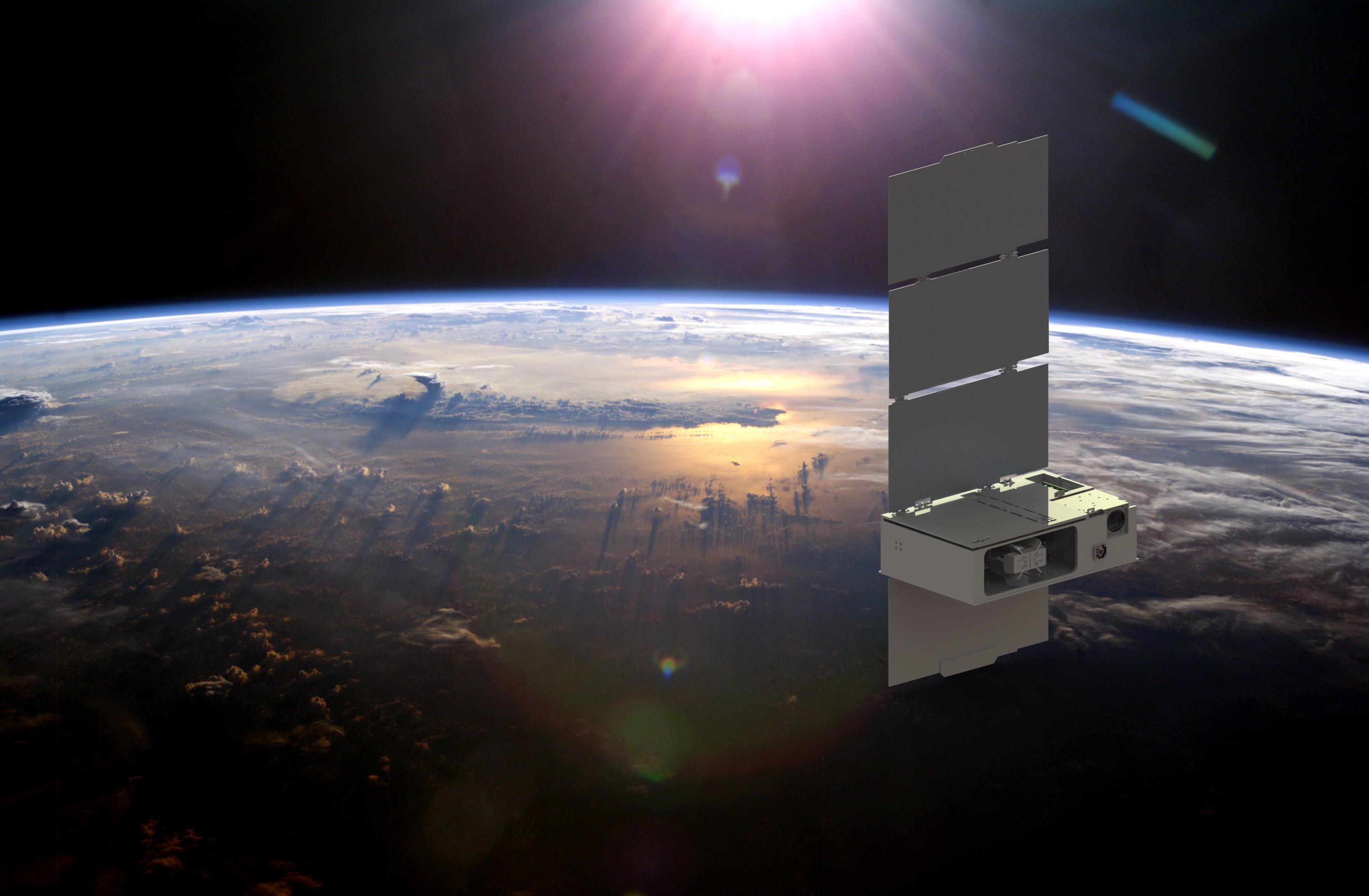
The CUTE Mission: Innovative Design Enables Observations of Extreme Exoplanets from a Small Package
Of the approximately 5,500 exoplanets discovered to date, many have been found to orbit very close to their parent stars. These close-in planets provide a unique opportunity to observe in detail the phenomena critical to the development and evolution of…

Mighty MURI brings the heat to test new longwave infrared radiometer
NASA's new Multiband Uncooled Radiometer Instrument (MURI) features a novel bolometer that detects infrared radiation without a cryogenic cooler, greatly reducing the cost and complexity of dispatching infrared radiometers into low-Earth orbit.
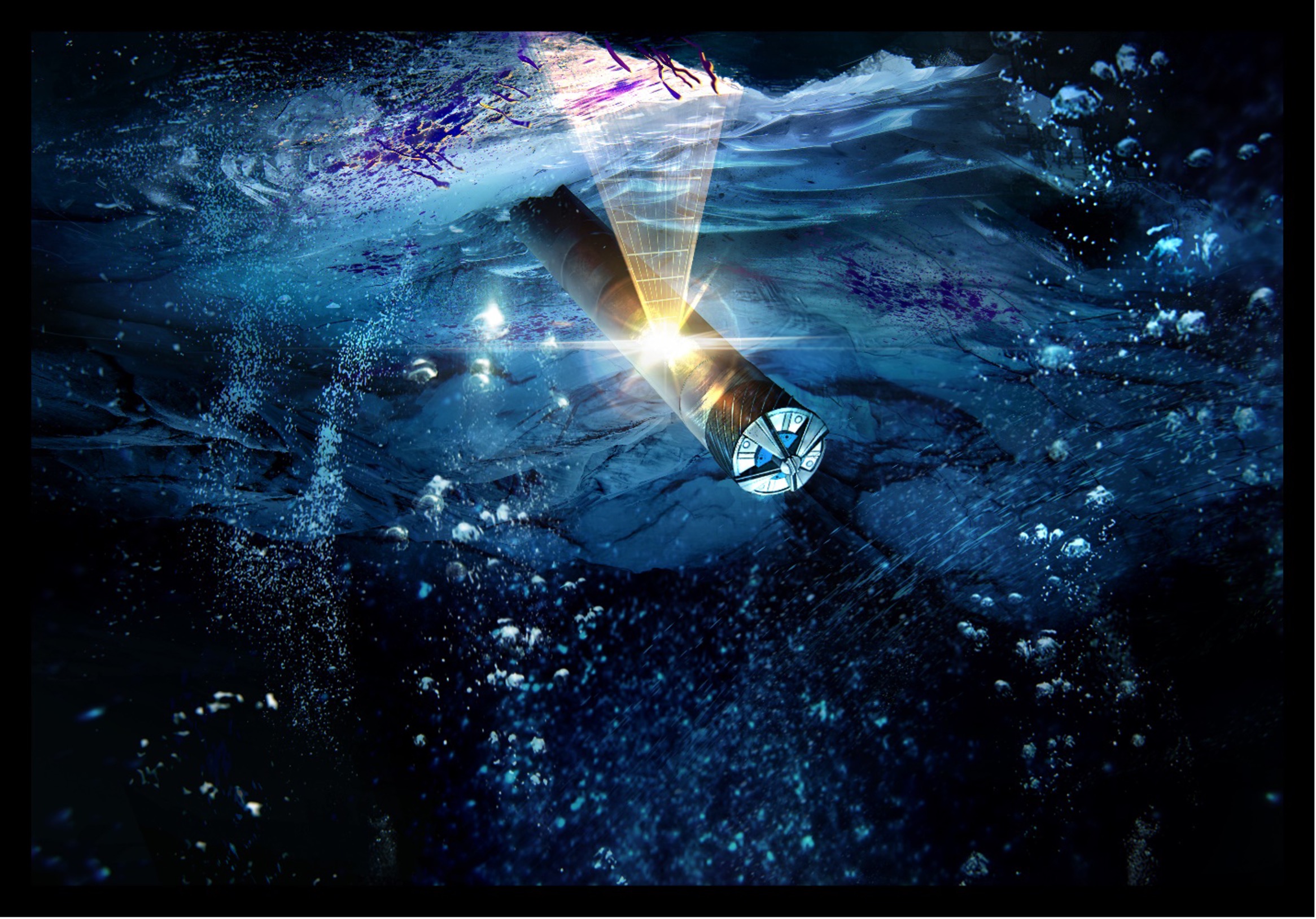
Digging Deeper to Find Life on Ocean Worlds
In February 2023, researchers from around the country gathered at a NASA-sponsored workshop to discuss the latest developments and a roadmap for a cryobot mission concept to drill through the icy crusts of Europa and Enceladus and search for life.
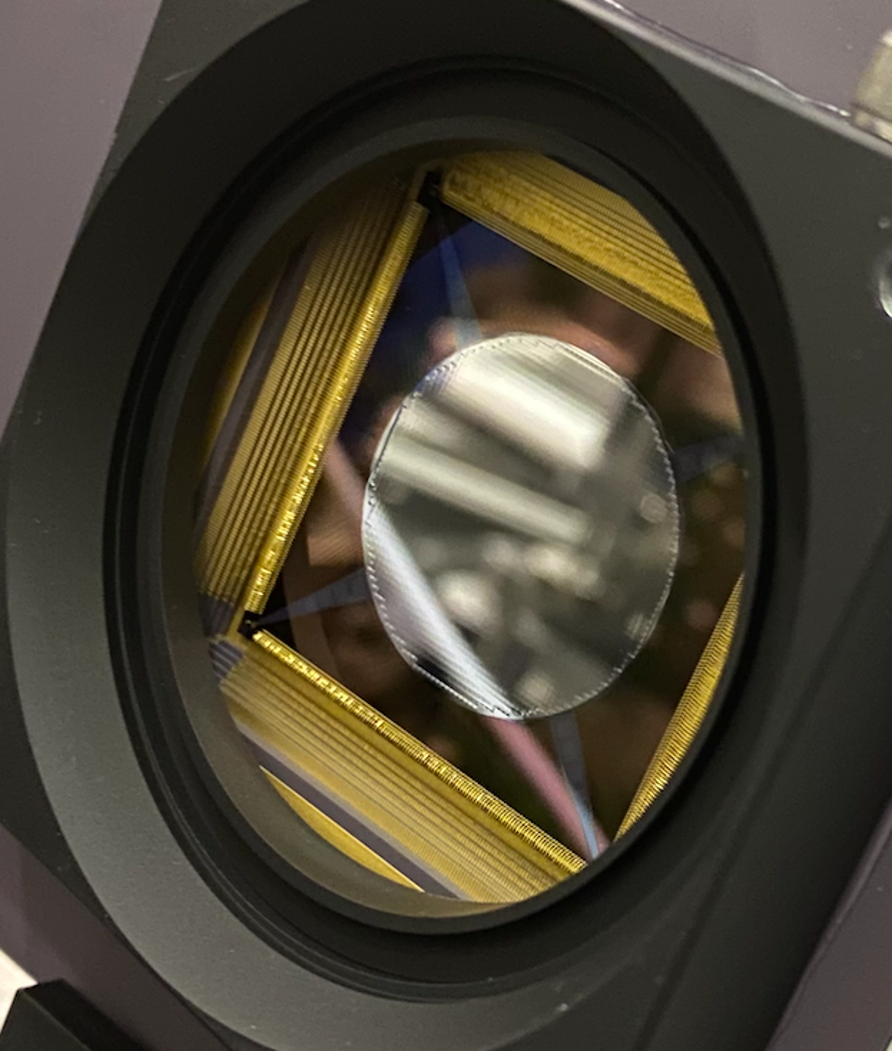
Deformable Mirrors in Space: Key Technology to Directly Image Earth Twins
Finding and studying Earth-like planets orbiting nearby stars is critical to understand whether we are alone in the universe. To study such planets and assess if they can sustain life, it is necessary to directly image them. However, these planets…
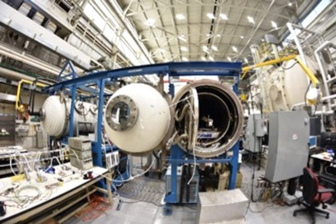
Deploying and Demonstrating Navigation Aids on the Lunar Surface
NASA is developing lunar navigation beacons to be deployed on spacecraft or the lunar surface to aid in localization and help future space vehicles determine position, velocity, and time to high accuracy.
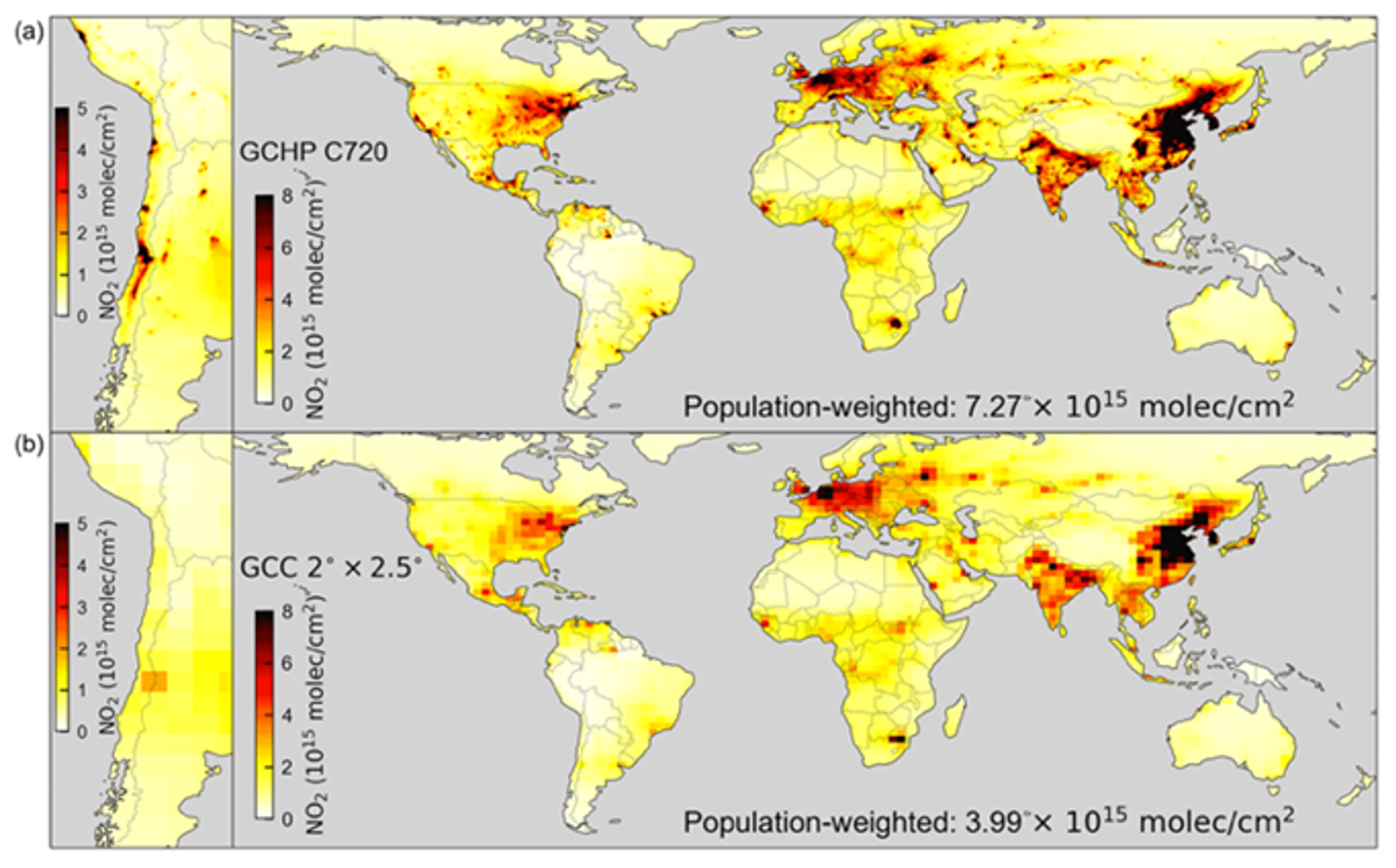
New Software Enables Atmospheric Modeling with Greater Resolution
Next-generation software is making it easier for researchers, policy makers, and citizen scientists to model air quality and greenhouse gases using NASA meteorological data.
